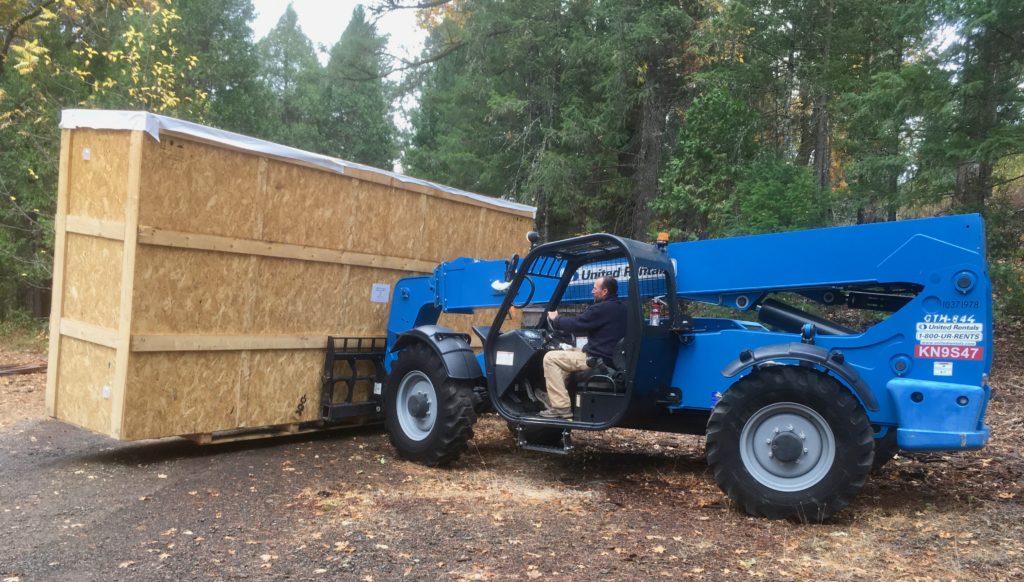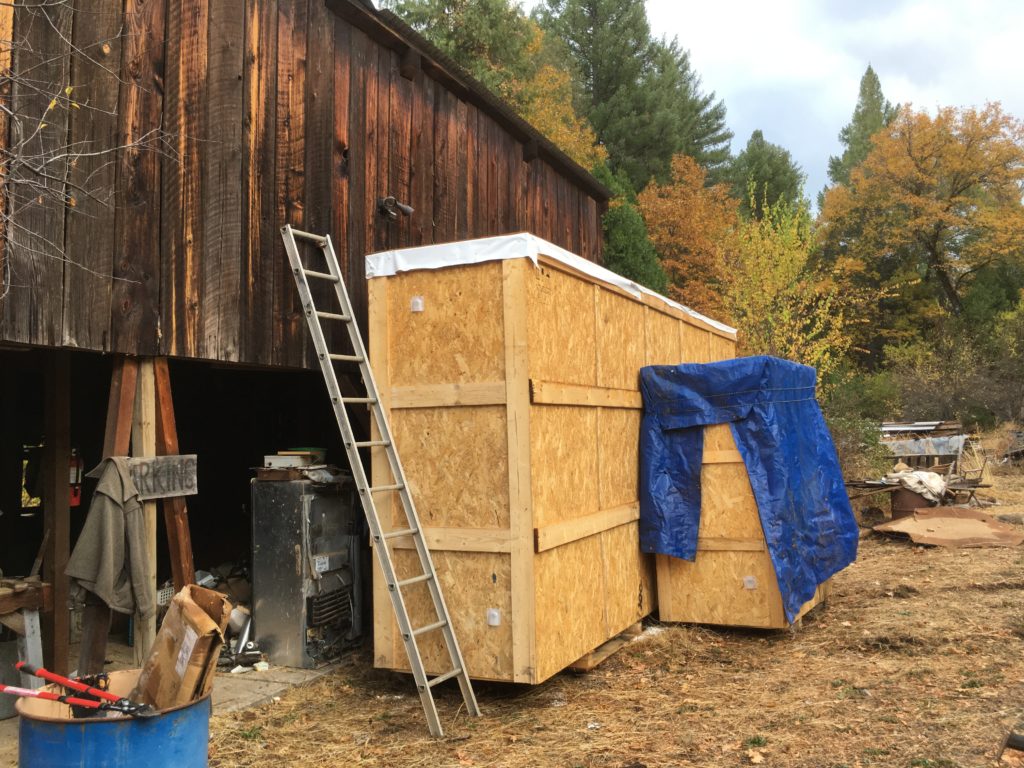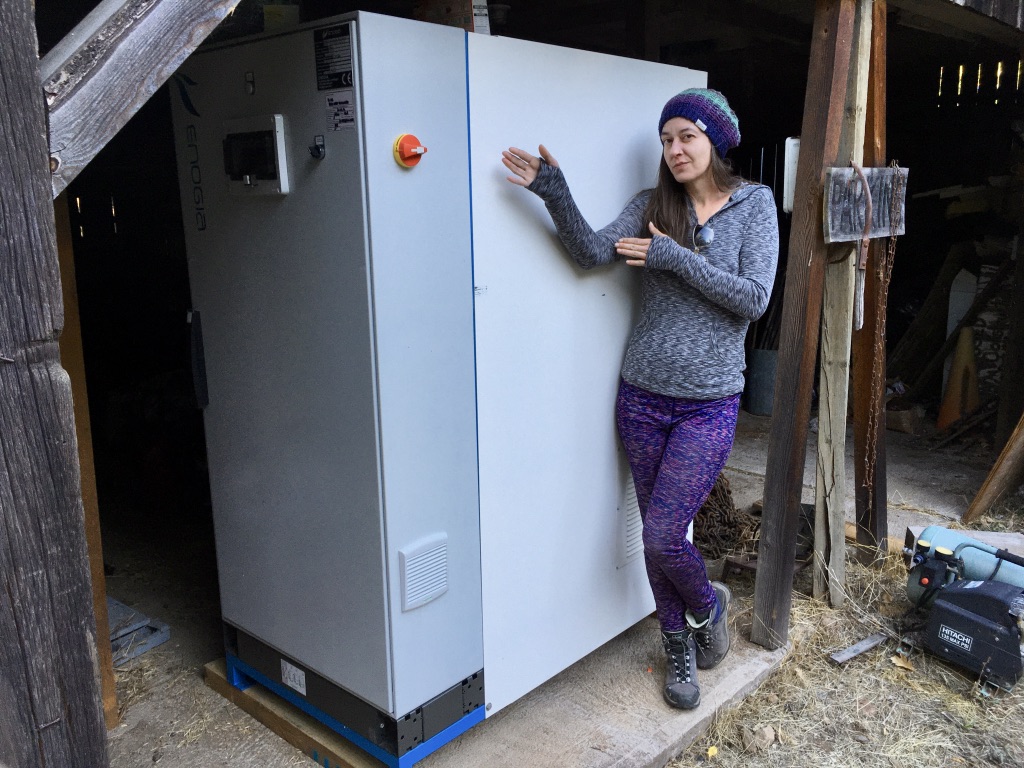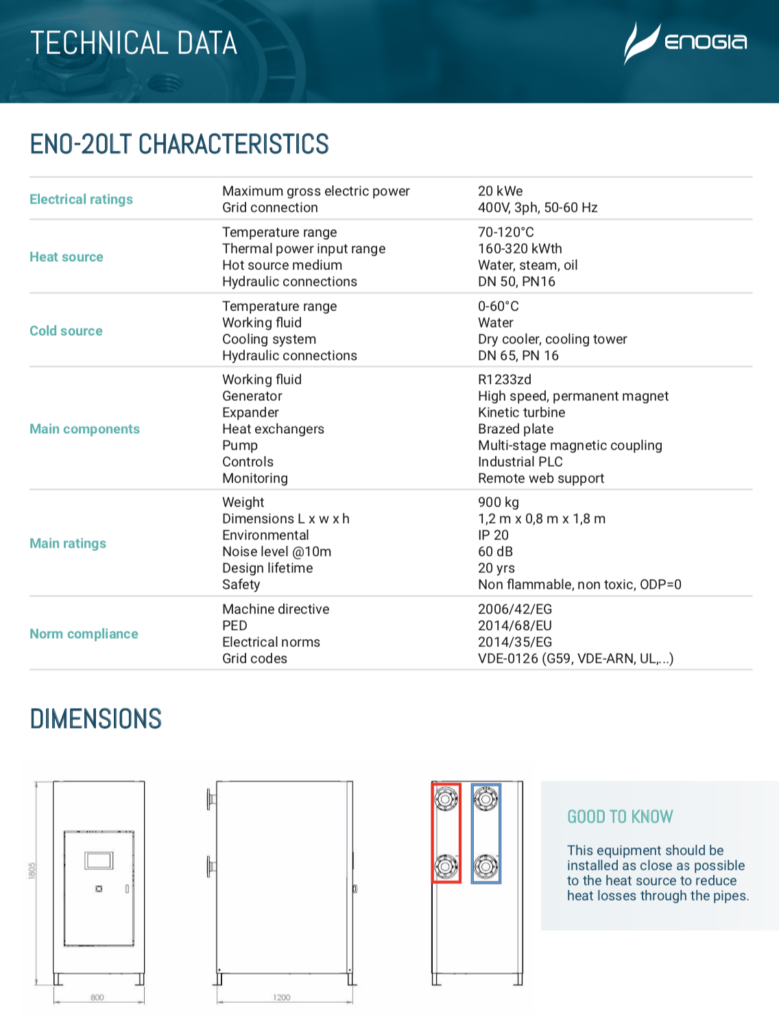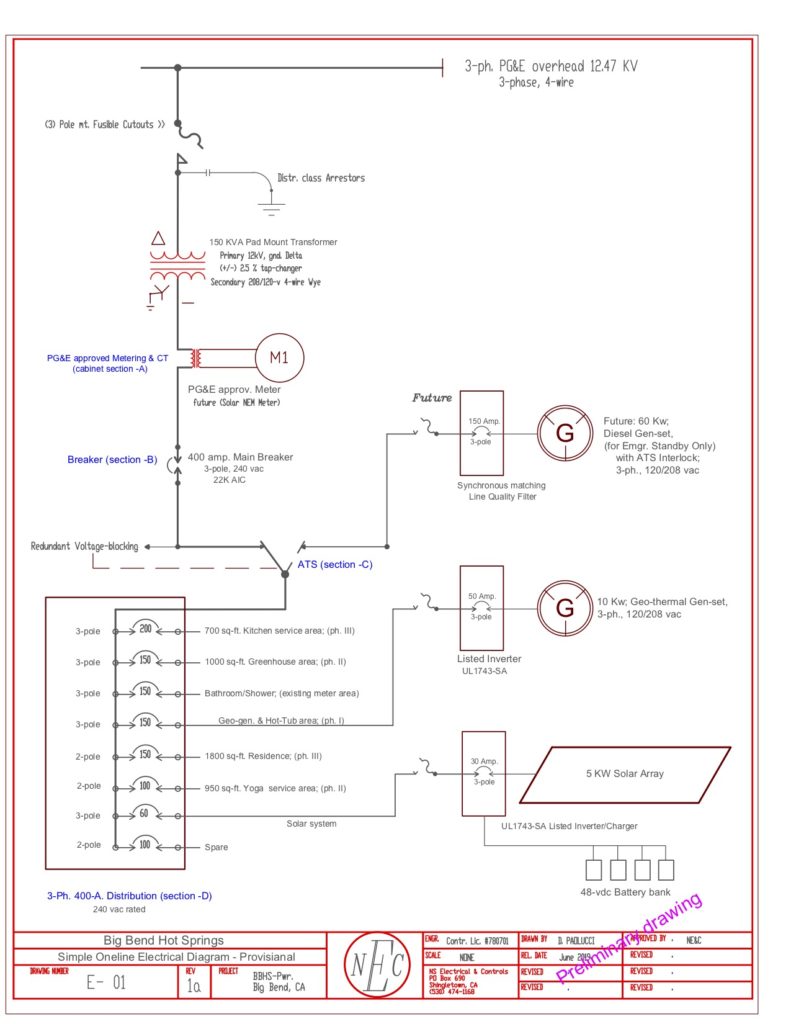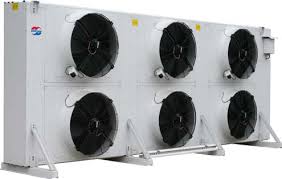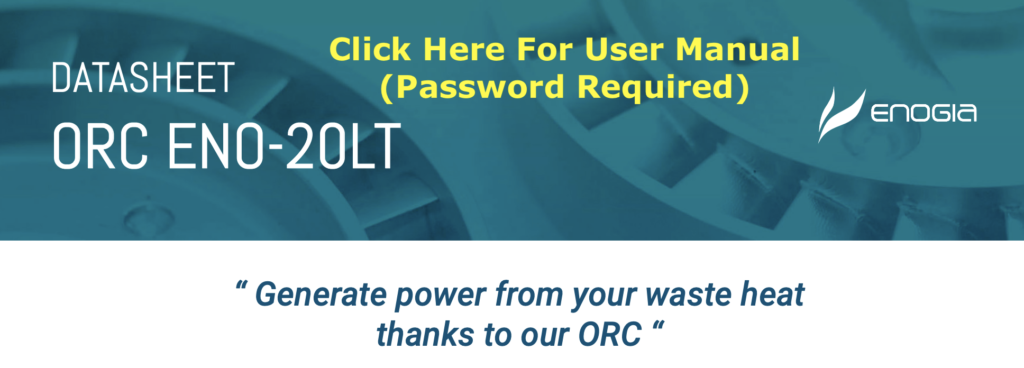Generating Electricity From Geothermal Hot Water!
Many people want to come to Big Bend Hot Springs to soak in hot mineral water baths. This relaxing activity is believed by some to be therapeutic and healthy, perhaps even supportive of healing some illnesses and medical conditions. We don’t know if those assumptions are scientifically sound or not, but the water at BBHS comes out of the hot springs at dangerously hot temperatures, so in order to facilitate soaking in the hot spring waters, we need to cool the water down to safe temperatures. The water comes out of the Mother Source (the main hot spring) at around 180ºF, which would severely burn or kill any organism that submersed in it (except for some extremophile hot water algae species)!
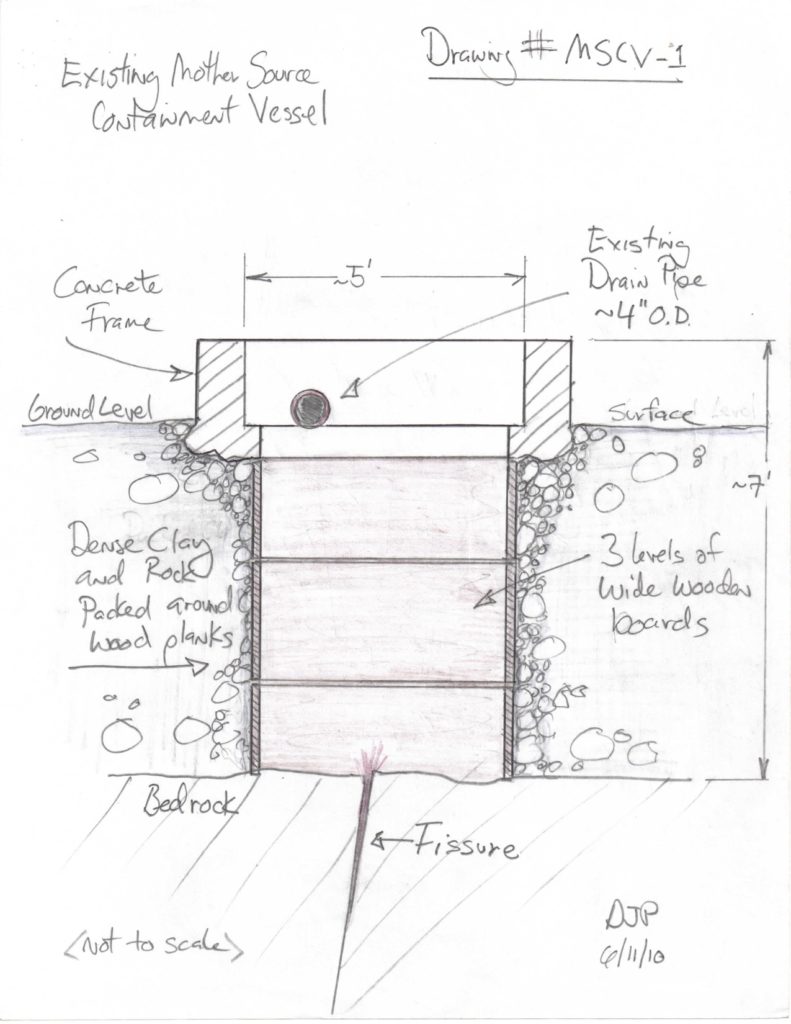
Cooling down the scalding hot mineral water will provide safe soaking temperatures and simultaneously improve the health of the Pit River ecosystem. BBHSP is working on an exciting project to cool some of the water by setting up a small-scale geothermal power generator. This will remove some of the heat from the mineral water by using the geothermal energy to power a special turbine technology known as an “Organic Rankine Cycle (ORC) generator. This technology will provide a robust source of renewable energy day and night, which can be used on site and sold to PG&E through a grid-tied system, thus turning the excess heat from the hot springs into a useful “green” power source and generating some revenue for the project. The ORC uses a process similar to a steam turbine, except that it vaporizes organic fluids (with a low boiling point), rather than water. That allows the ORC turbine to extract energy from lower temperature sources (meaning below the boiling point of water, which is 212ºF) to generate electricity.
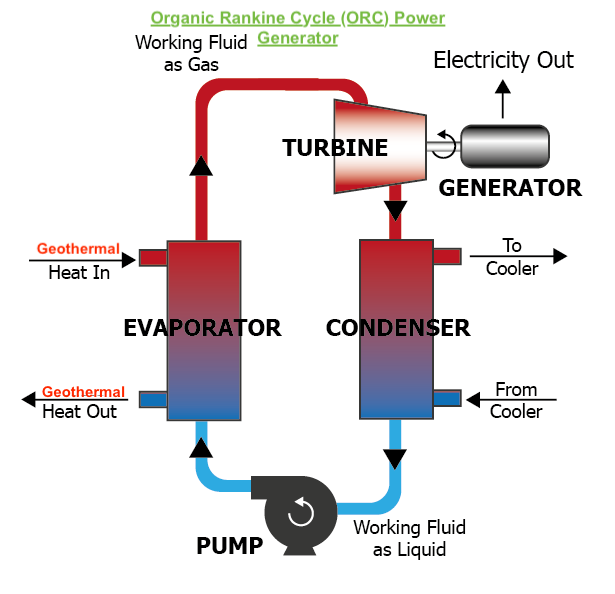
Designing the ORC system, sourcing a manufacturer, funding, and acquiring the ORC unit and cooler system (which is carefully configured for the unique geothermal situation at Big Bend Hot Springs) has been a long journey, but we finally have the main components needed to make this dream a reality (as of November 2020). Some day, visitors will be able to soak in hot mineral water that has been cooled to ideal soaking temperatures (around 104º-106º Fahrenheit) by the ORC power plant. But we still have a lot of work and investment of time and funding ahead, in order to get the power plant up and running. Below is a picture of the ORC generator that we now have on site, waiting to be installed and hooked up:
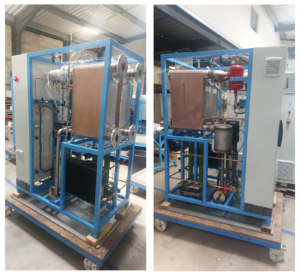
We are in the process of figuring out a design plan and location for a shed to house the ORC generator, and the exact configuration for the plumbing and electrical wiring to set it all up. Some of the abundant hot water gushing from the ground will be pumped up to the ORC heat exchanger component, which will heat the working fluid, which boils at a low temperature. As the working fluid boils, the resulting pressure will be used to turn a turbine that will power the generator and make electricity. We hope to reach a level of 10KW of continuous, around-the-clock power from this generator, after the parasitic draws are considered (the pumps and cooling fans, etc.), but the system can operate as high as 20KW output, if we can increase the amount of hot water and/or the efficiency of the ORC cooling process. It will run more efficiently in colder times of year than in the heat of the summer, but it will be cooling the water and making electricity year-round.
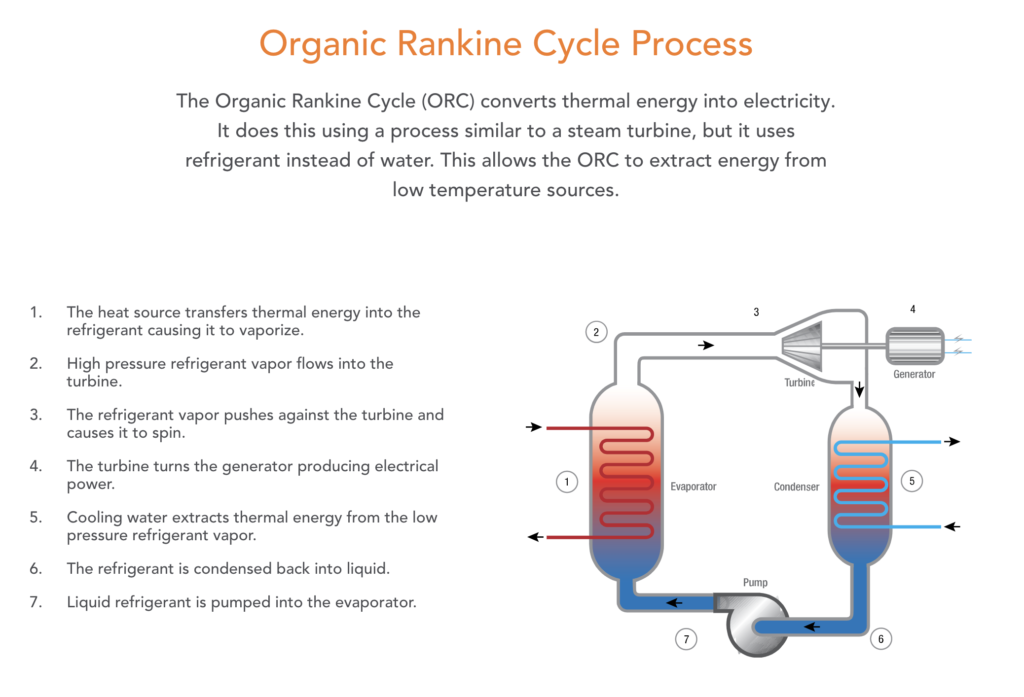
*In the diagram above, #5 shows the fluid-cooling system, which will use cold water in the condenser’s heat exchanger to cool down the working fluid, so it can be recirculated and boiled again over and over in the closed-loop system. In addition to the cold water cooling, our system will also have an air-cooling unit that can provide additional cooling during the hottest hours of the hottest days of the year. This system is known as a “dry cooler”, and uses large fans to blow air to cool the working fluid in the closed-loop system. The dry cooler will be off most of the time, as the water-cooling system will do most of the cooling adequately.
After the water is cooled down by this process, it can be piped to hot tubs or used to heat buildings, or domestic hot water uses, and then returned to its natural discharge point, which is the river bank, where the hot spring has been flowing out of the bedrock cracks and seams and into the river for untold centuries (see picture, below). Since the water will then be cooler than when it came out of the hot spring, it will have a slightly positive effect on the river ecology, since human impacts generally warm the river, and colder water is better for the organisms that live in the river, such as the protected Pit River Rainbow Trout populations. So, this system will help in three different ways: It will generate “green” “alternative” energy, it will improve the health of the river, and it will cool down the geothermal water to keep hot spring soakers safe. We call this “stacking functions”.
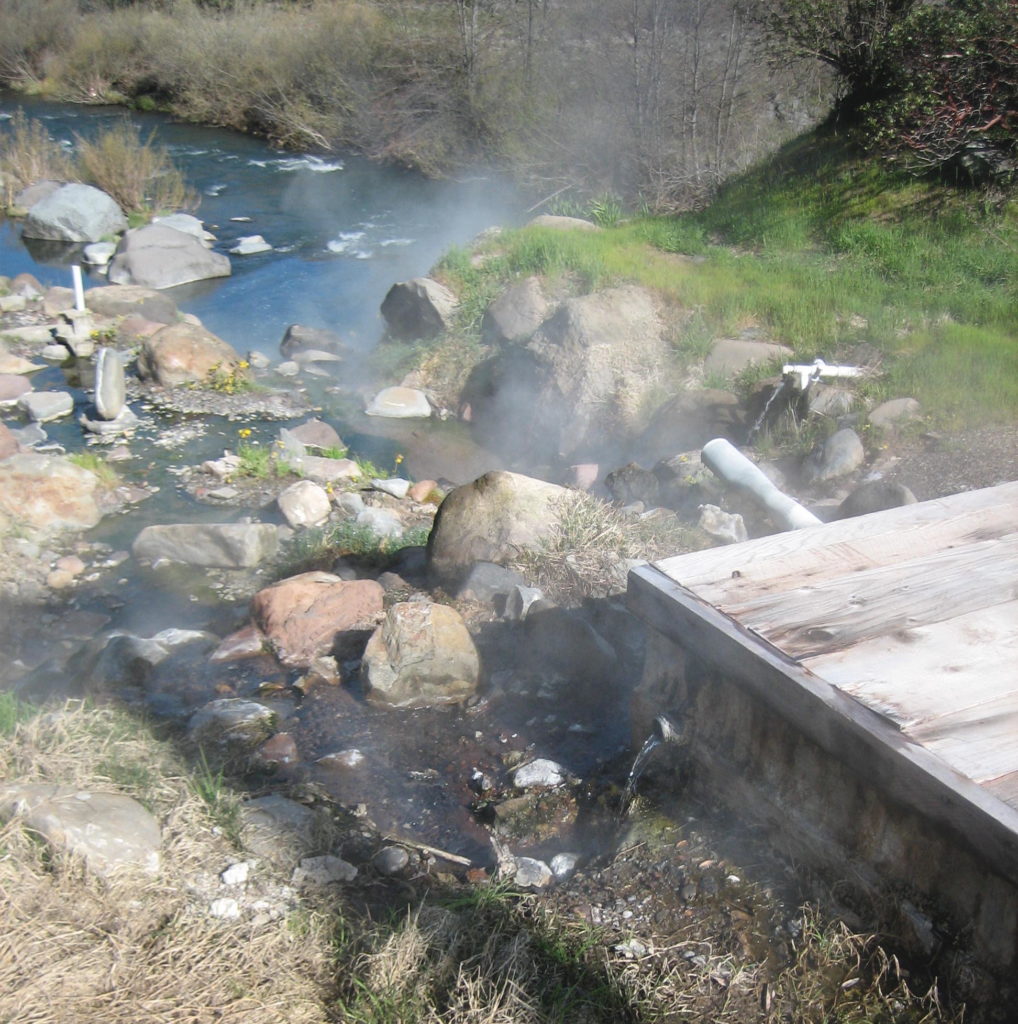
The air cooler unit is actually larger than the ORC generator itself, and will be installed adjacent to the ORC shed (shed will be about 10′ x 12′). We will be figuring out clever ways to hide or camouflage the dry cooler, since it is a large (7′ tall x 19′ long x 2’6″ wide) industrial-looking unit that needs to be set up outside. Building an artistic wooden fence around it might be the best solution. Here is an example picture of a dry cooler that is similar to the one that will be connected to the BBHSP ORC generator:
The Dry Cooler uses fan-forced air flow to cool the fluids after the ORC does its work to generate electricity… The fans are powered by the electricity from the ORC generator.
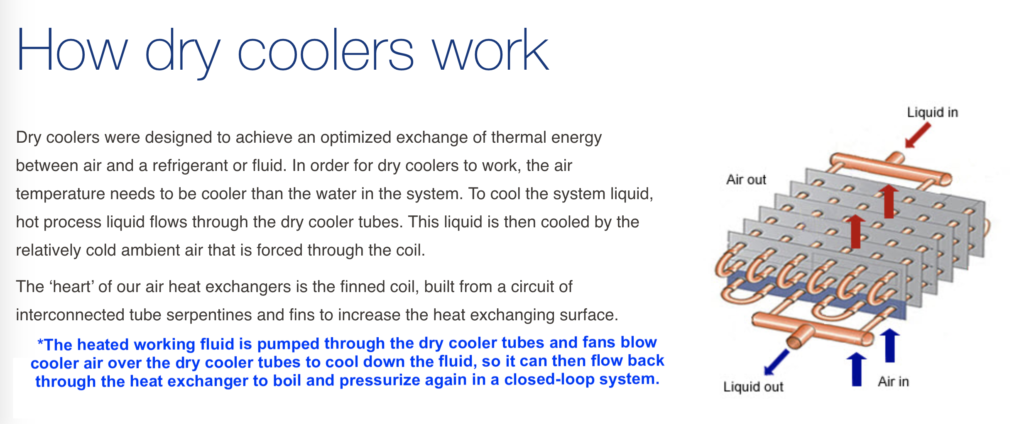
How Much Power Will Be Generated?
By pumping about 50 GPM (3,000 gallons per hour) of the hot (170ºF-180ºF) geothermal water through the ORC heat exchange system to run the ORC’s evaporator, we hope to reach an average net production level of 10kW of continuous, around-the-clock power from this generator (after the parasitic draws are subtracted, such as the pumps, electronics, and cooling fans). The BBHSP ORC generator can operate as high as 20kW output, so if we can increase the efficiency of the system, we might be able to generate more than the projected 10kW minimum. To increase the power output, we would need to add more hot water supplied to the generator and/or increase the efficiency of the fluid cooling process. The ORC generator will run more efficiently in colder times of year than in the heat of the summer, but it will be both cooling the mineral water and making electricity year-round.
10 kW is the approximate minimum rate at which the geothermal ORC turbine will generate energy. That means it will produce about 10kWh per hour, or 240 kWh per day, or about 7,200 kWh per month. The average U.S. home (2019 data) uses about 877 kWh per month (which is 29 kWh per day or 1.2 kWh per hour), so the BBHSP geothermal ORC generator running at 10kW is theoretically producing the amount of energy used by about eight homes.
This ORC geothermal generator is relatively small, but it will be running around the clock every day of the year, which adds up fast, in terms of overall energy output. Of course, it will produce less electricity on hot summer days, but it will still keep generating, as it powers it’s own cooling fans and circulating pumps… AND, the ORC unit will potentially make the most energy on the coldest winter nights. It’s almost the opposite of solar power systems, in that regard. Conditions like cold weather, darkness, cloudy days, rain, and snow increase the efficiency and the power output for this ORC system! This post will be updated as we learn more and proceed with getting the system operational. Stay tuned…
